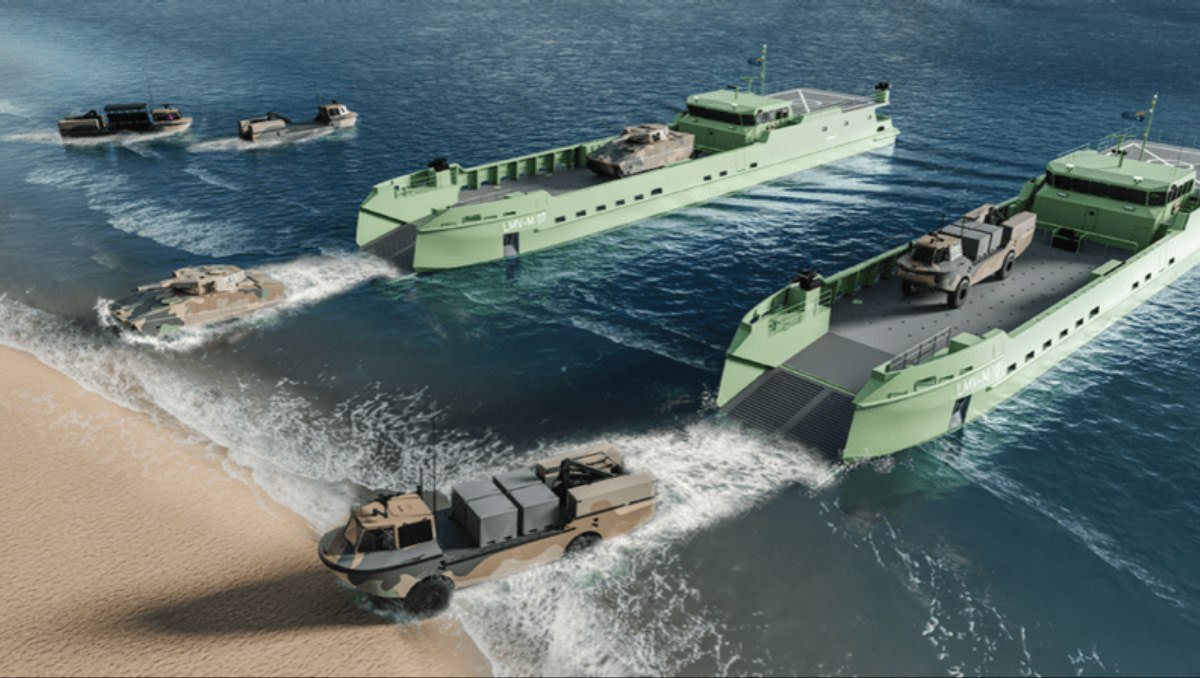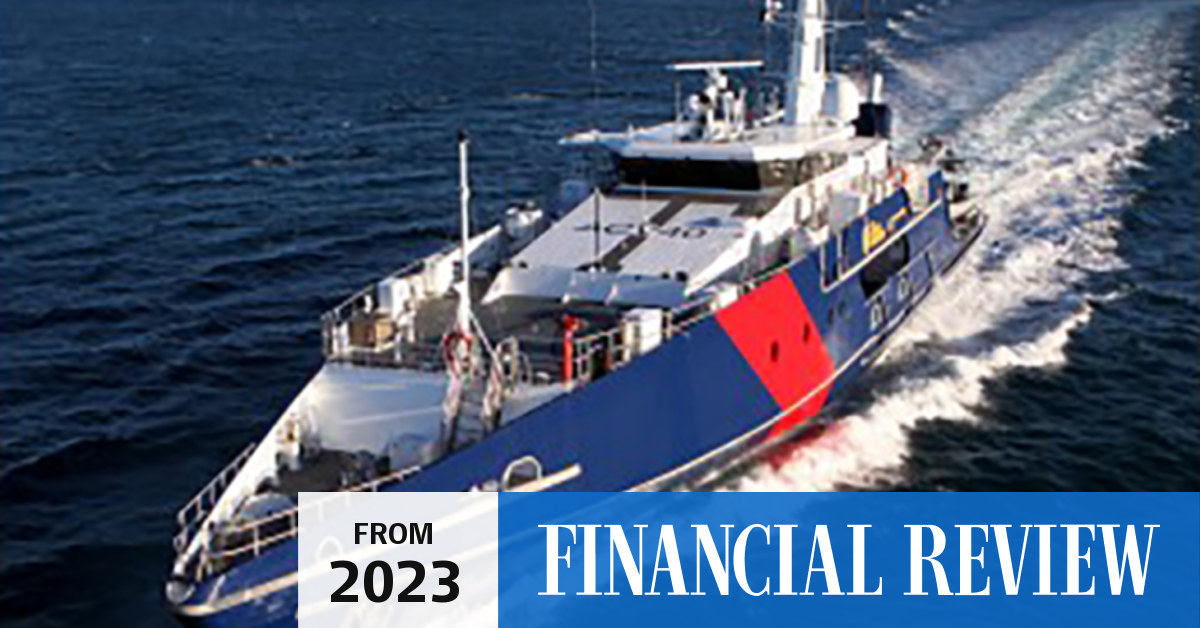Reviews are not being indecisive, they are experts gathering information and making recommendations.
We are in this situation because of assumptions made without a holistic understanding of the situation, including the material condition of the fleet.
devo99 mentioned FFGUP. That project was initially the upgrade of the still new Australian built FFGs, Melbourne and Newcastle so they could remain effective, serving along side the new frigates and destroyers until their planned withdrawal date.
It was then decided, due to the benign strategic situation (in hindsite, unwisely), that the systems upgrade should be expanded into a life extension for all six FFGs to facilitate the defereral of the DDG and FFG replacements.
If the Gotd had properly assessed the material state of the original four FFGs as well as the complexity and risk of the life extension program the project, sensibly, should have been rescoped to only the newest pair of ships and the replacement program accelerated.
Twenty years on and it appears we are in the same place again but worse and there are now far fewer ships than back then. When the FFGUP debarkle occured there were two still new FFGs, four still serviceable FFGs and eight brand new ANZACs, now we only have the already maxed out ANZACs and three Hobart's (that are starting their own urgent upgrade program).
Basically our political classes, and it appears or senior public servants, are complete numpties where strategic vision, risk and lead times are concerned.
We are in this situation because of assumptions made without a holistic understanding of the situation, including the material condition of the fleet.
devo99 mentioned FFGUP. That project was initially the upgrade of the still new Australian built FFGs, Melbourne and Newcastle so they could remain effective, serving along side the new frigates and destroyers until their planned withdrawal date.
It was then decided, due to the benign strategic situation (in hindsite, unwisely), that the systems upgrade should be expanded into a life extension for all six FFGs to facilitate the defereral of the DDG and FFG replacements.
If the Gotd had properly assessed the material state of the original four FFGs as well as the complexity and risk of the life extension program the project, sensibly, should have been rescoped to only the newest pair of ships and the replacement program accelerated.
Twenty years on and it appears we are in the same place again but worse and there are now far fewer ships than back then. When the FFGUP debarkle occured there were two still new FFGs, four still serviceable FFGs and eight brand new ANZACs, now we only have the already maxed out ANZACs and three Hobart's (that are starting their own urgent upgrade program).
Basically our political classes, and it appears or senior public servants, are complete numpties where strategic vision, risk and lead times are concerned.




